Nationality American Role Filmmaker | Years active 1973–present Children Nzinga Jafa Name Julie Dash | |
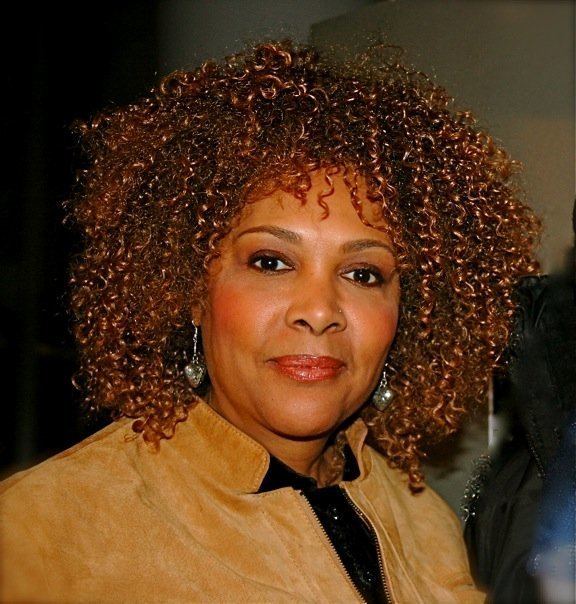 | ||
Spouse(s) Arthur Jafa Fielder (divorced) Awards Guggenheim Fellowship for Creative Arts, US & Canada Movies Daughters of the Dust, The Rosa Parks Story, Illusions, Subway Stories, Love Song Similar People Vertamae Smart‑Grosvenor, Angela Bassett, Peter Francis James, Alison Maclean, Ted Demme | ||
Julie dash the reelblack interview
Julie Dash (born October 22, 1952) is an American filmmaker, author and member of the L.A. Rebellion. The film Daughters of the Dust (1991) was the first full-length film by an African-American woman with general theatrical release in the United States. Dash is the film's producer, screenwriter, and director. In 2004, Daughters of the Dust was included in the National Film Registry of the Library of Congress.
Contents
- Julie dash the reelblack interview
- Barbados filmmaker julie dash best of caribbeantales film festival 2b
- Early life and Education
- Marriage and family
- Early career
- Daughters of the Dust
- Four Women 1975
- Later career
- Feminist perspective
- Books
- Honors
- Filmography
- Literature
- References
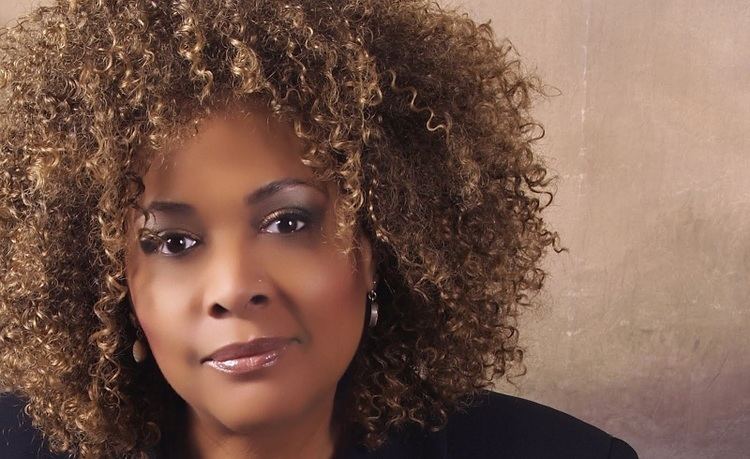
Dash earned her MFA in motion picture and television production from the UCLA Film School. She has created an alternative to Hollywood films, made numerous music videos and television movies. Some notable television movies include Funny Valentines (1999), Incognito (1999), Love Song (2000), and The Rosa Parks Story (2002). Her Brothers of the Borderland (2004) was commissioned by the National Underground Railroad Freedom Center.
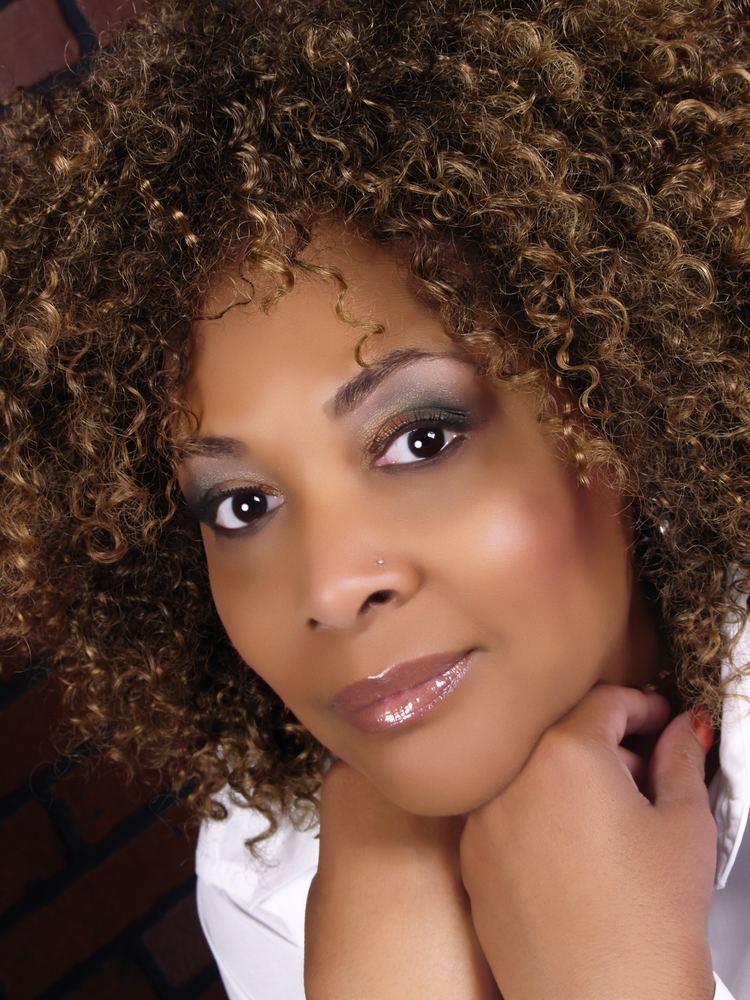
Dash's book Daughters of the Dust: A Novel (1997) is a sequel to the film, set 20 years later in Harlem and the Sea Islands.
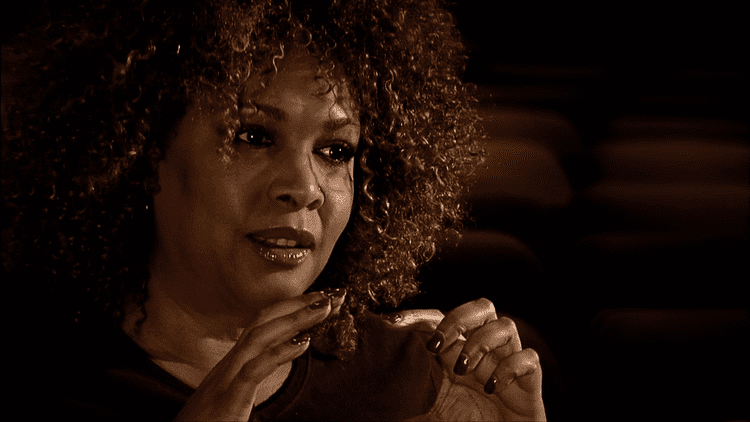
Barbados filmmaker julie dash best of caribbeantales film festival 2b
Early life and Education
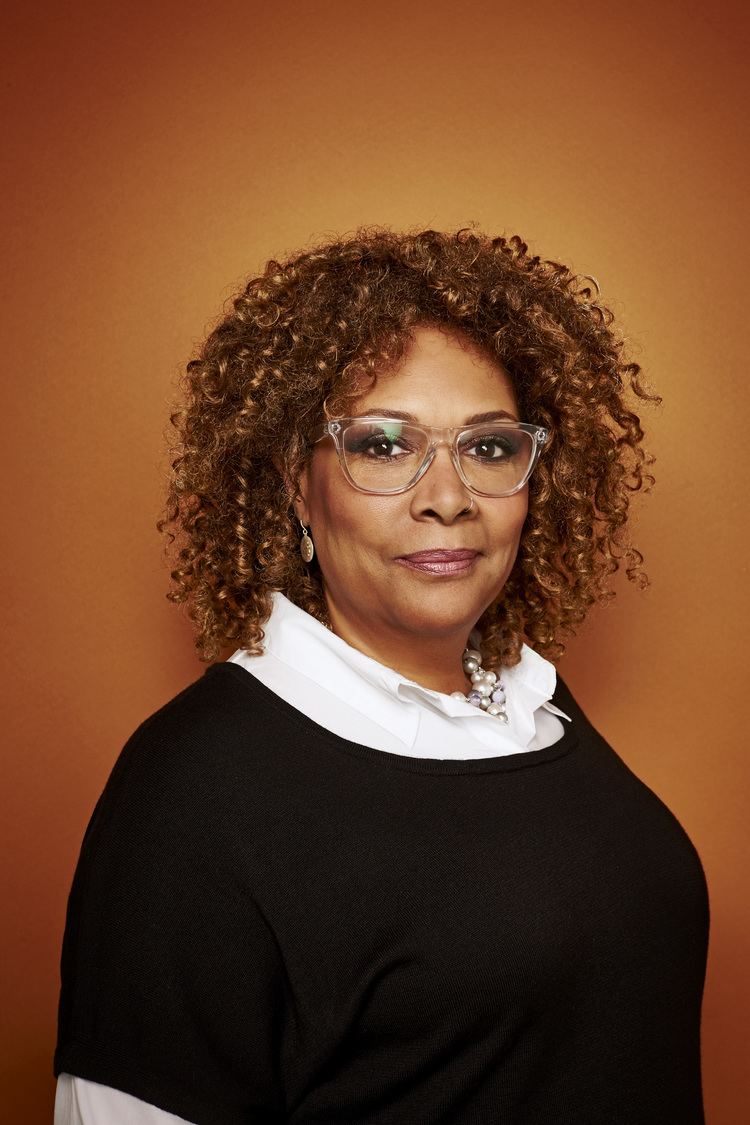
Julie Dash was born on October 22, 1952 in Queens, New York. Her father, a Gullah from the Sea Islands of Georgia, raised her. In an interview with the Los Angeles Times, Dash said that she knew little about her Sea Island heritage until she noticed her father's "funny accent." She learned years later that it was Gullah, a West African-influenced English creole used and preserved by people on the islands and in the Low Country of Georgia, South Carolina, and northeastern Florida, together with a particular culture. As a child she noted certain rituals by her nanny, a Gullah woman; for instance, the woman would burn strands of Dash's hair that came loose after combing, rather than throwing them in a wastebasket. She told Dash this was "so no one could get a hold of it" and suggested "hiding [her] pictures so no one could put gopher dust on them and drive you crazy.".
Dash began her study of film in 1969 at the Studio Museum of Harlem. As an undergraduate, she studied psychology until accepted into the film school at the Leonard Davis Center for the Performing Arts at CCNY. In 1974, she earned her Bachelor of Arts degree. As a student, Dash wrote the script for a documentary for the New York Urban Coalition, entitled Working Models of Success.
After graduation, she moved to Los Angeles for graduate studies, attending the Center for Advanced Film Studies at the American Film Institute (AFI). There she studied under filmmakers including Jan Kadar, William Friedkin, and Slavko Vorkapich. She attended graduate school at the UCLA Film School and became one of a new generation of African and African-American filmmakers known as the "black insurgents" or L.A. Rebellion.
She directed Working Models of Success (1976), and the next year, produced Four Women (1977), a short dance film based on a song by Nina Simone. It won a Gold Medal for Women in Film in the 1978 Miami International Film Festival. As a graduate student at UCLA, she received an MFA in Film and Television Production. She directed the film Diary of an African Nun (1977). Screened at the Los Angeles Film Exposition, it earned a Director's Guild Award for a Student Film.
Marriage and family
She married Arthur Jafa, a photographer and cinematographer. They had a daughter Nzinga and later separated. They worked together on her Daughters of the Dust (1992), which won numerous awards for cinematography.
Early career
Her work began to take on a new direction after film school. Dash said in an interview with the Village Voice,
"I stopped making documentaries after discovering Toni Morrison, Toni Cade Bambara, and Alice Walker. I wondered, why can't we see movies like this? I realized I needed to learn how to make narrative movies."
Being inspired by the novels of black women authors led to her decision to work at dramatic films.
Her film Illusions (1982) was her first to earn more widespread success and attention. Set in 1942 Hollywood, a year after the attack at Pearl Harbor, it takes place at the fictional National Studios. Mignon Duprée is a black woman executive who has "passed" for white to achieve her position. Ester Jeeter is a black woman who dubs the singing voice in musicals for a white Hollywood star. They work in an industry based on creating images and alternative realities. The film explores Mignon's dilemma, Ester's struggle to get roles as an Actress/singer rather than dub for others, and the uses of cinema in wartime: three illusions in conflict with reality. The film has a major theme of the use of codes for strategic advantage. It also explores racial and sexual discrimination in Hollywood and American society.
Illusions was critically acclaimed; it received the 1985 Black American Cinema Society Award and the Black Filmmaker Foundation's Jury Prize in 1989 as best film of the decade. Kevin Thomas of the LA Times described it as "a gripping critique of the power of the movies to shape perception", while exploring the illusions created by Hollywood, as well as the illusion of racial identity. The success of this film and other shorts enabled Dash to move to feature films.
From 1978 to 1980, Dash worked as member of the Classifications and Ratings Administrations for the Motion Picture Association of America. She had a special assignment screening at the Cannes International Film Festival to review a screening of short films in the Marché du Cinema.
Daughters of the Dust
Dash worked on Daughters of the Dust since 1975, finally getting financing in 1988 from PBS so that she could proceed. It is the first feature film by an African-American woman to be distributed in the United States in theatrical release. It tells the story of three generations of Gullah women in the Peazant family on St. Helena Island in 1902, as the younger ones prepare to migrate to the North. It was filmed on the Sea Islands. Daughters of the Dust premiered at the Sundance Film Festival in 1991, where it was nominated for the Grand Jury Prize and won a cinematography award.
The film is narrated by the Unborn Child, carried by Eula, a married daughter of the Peazant family. Nana Peazant is the matriarch, and she talks of the ancestors; their first people on the island were brought as slaves centuries before. Two daughters have returned from the mainland: one is a missionary and the other a beautiful woman known as Yellow Mary (she is bright-skinned), who was "ruin't" by a white man and has become a prostitute. The family gathers for a last big dinner on the beach before the migration, which will leave Nana Peazant on the island. One of the daughters eloped with a Native American man on the island. "Daughters of the Dust," in the Gullah dialect with some subtitles, is not rated but is suitable for general audiences.
The movie gained critical praise, for both its rich language and use of song, and for its lyrical visual imagery and cinematography. In 2004, Daughters of the Dust was selected for preservation in the United States National Film Registry by the Library of Congress as being "culturally, historically, or aesthetically significant".
With her success, Dash said,
"I'm a very hopeful person and I think we can accomplish a lot through film in the '90s. We're going to see a lot of film work done by black women who have different concerns than our brothers who make films [...] We have strong statements to make because we've been silenced for so long".
Four Women (1975)
Four Women is a “choreopoem” that Dash directed that was based on the ballad “Four Women” by Nina Simone. In the short film Julie Dash uses one dancer, Linda Martina Young, to portray the four women Aunt Sarah a slave, Saffronia a mixed race woman, Sweet Thing a prostitute, and Peaches. The final woman Peaches is a representation of the woman who has become who she is due to the oppression and Stereotypes of racial gender specific norms imposed on her and her previous generations of black women. The audience listens as the four women express the way they view themselves and how the way they see themselves is due to how society sees them. Stereotypes of black women are directly addressed, and presented to the audience forcing them to address their own biases and stereotypes they also possess about black women. The final woman Peaches is a representation of how, blackness displays itself as the ability to empower the body to overcome its own against various racial and gender-specific forms of oppression. For African American women Four Women is an anthem affirming their existence, sanity, and struggle to survive a culture which regards them as anti-feminine. It addresses African American women’s invisibility, exploitation, while inviting black women to get over color and class difference imposed by society.
Later career
Dash has pursued other film projects than features. She has directed videos with musical artists, including Raphael Saadiq with Tony, Toni, Tone; Keb ‘Mo, Peabo Bryson, Adriana Evans, and Sweet Honey in the Rock. Her video for Tracy Chapman’s “Give Me One Reason” was nominated for MTV’s Best Female Vocalist, 1996.
She also wrote and directed an episode of Women for Showtime Cable Network, as well as Sax Cantor Riff, one of HBO’s Subway Stories for producers Jonathan Demme and Rosie Perez.
Films for television include Funny Valentines (1999), an account of a well-to-do black woman's retreat from a troubled New York marriage to the Deep South and her childhood past. Alfre Woodard, and executive producer on the film, asked Dash to get involved.
Dash wrote the screenplays and directed the television movies Incognito (1999), a romantic thriller made by BET Arabesque Films; and Love Song (2000), an MTV movie starring the Grammy award-winning singer Monica.
The Rosa Parks Story (2002) is about a significant woman of the civil rights movement, starring Angela Bassett. Being one of the executive producers, Bassett sought after Julie Dash to direct.
The film follows her life and her marriage to Raymond Parks (Peter Francis James) as they deal with the issues of segregation, Jim Crow and second-class status in 1950s Alabama. Rosa Parks is shown having to take a test and being rejected when she tries to register to vote; blacks were essentially disfranchised in the South for more than 60 years. She becomes involved in the civil rights movement and her decision to keep her seat on the bus prompts the Montgomery bus boycott, which lasted 381 days and caught national attention. Her case went to the Supreme Court. Shown on the CBS Network, The Rosa Parks Story won numerous awards.
In 2004 Dash made Brothers of the Borderland, a work commissioned by the National Underground Railroad Freedom Center. Narrated by Oprah Winfrey, the film features the character of Alice, an escaped slave whose story represents an amalgamation of historic figures. The film is shown in the Harriet Tubman theater, named for the fugitive slave woman who helped many others escape to freedom.
Feminist perspective
As a African American woman, Dash feels its a duty to embody the richness of women's culture within her storytelling. There's a parallel between her first film, Illusions, and the struggle that African American women filmmakers working in an industry that is predominantly run by white men. This film challenges the conventions of classical Hollywood cinema with its form. With her first feature, she had established a feminist style through her cultural awareness, original aesthetic, and headstrong story choices.
She explains,
"I'm a product of the times. Of course my films are going to reflect the political climate that I came up in."
Books
Honors
Filmography
Director
Writer
Producer
